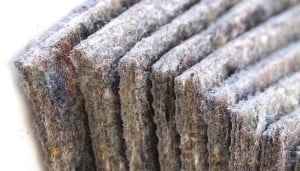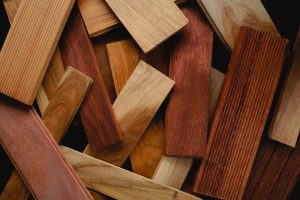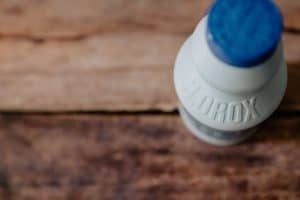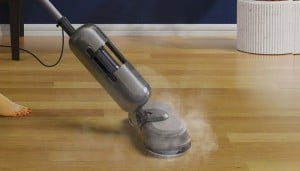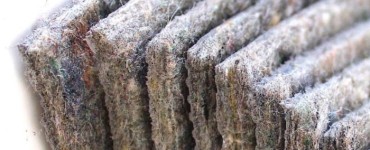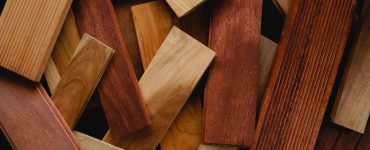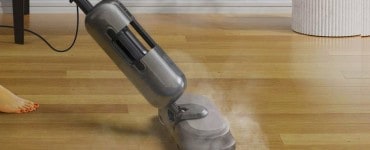Sealed hardwood floors are a popular choice for homeowners looking for a durable and long-lasting flooring option. They are often made of hardwood that has been sealed with a finish, which means the wood is protected from moisture and other elements. This type of flooring is often more expensive than other options, but it’s worth it because it will last longer and look better over time.
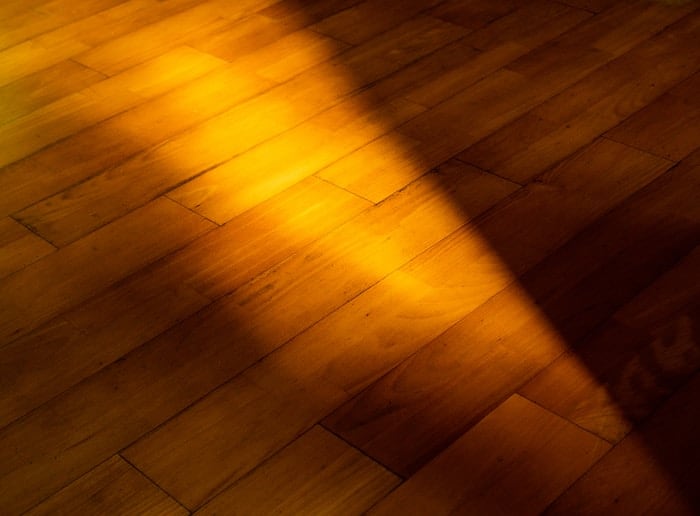
What Does It Mean by Sealed Hardwood Floor?
Sealing hardwood floors is a process of creating a finish that will protect the flooring from water damage, dust and other elements. The sealant will fill any cracks or gaps in the wood, making it virtually waterproof. This finish can be applied to new or existing floors.
The process of sealing hardwood floors begins by cleaning and prepping the wood with a wood conditioner. Next, an adhesive is applied and allowed to set for several hours. The sealant is then applied in a thin coat and allowed to dry for 24 hours. Finally, the floor is sealed with a clear coating that protects the finish from moisture and sunlight.
Sealing hardwood floors is a great way to protect your investment and keep your flooring looking like new.
Different Types of Sealing Agents
Sealing hardwood floors is an important part of protecting them from moisture, dirt, and other damage. There are a number of different sealing agents available to homeowners, and it’s important to choose the right one for the job.
One type of sealing agent is lacquer. Lacquer is a water-based sealant that can be applied using a spray bottle or brush. It’s best to apply lacquer in a thin layer, and then wait until it’s dry before applying any wax or sealer.
Another type of sealing agent is silicone. Silicone seals wood by creating a flexible film that prevents moisture and dirt from penetrating the wood. To use silicone sealers, you’ll need some sort of applicator tool such as a caulking gun or airless sprayer.
One final type of sealing agent is urethane. Urethane is an acrylic resin that’s used for wood flooring, and it can be applied using a roller or trowel.
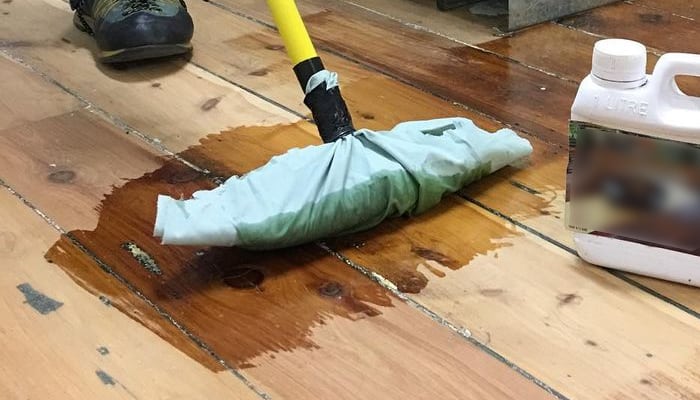
How to Apply the Sealant
Protecting your hardwood floor from dirt, dust, and moisture is important. Here are some tips on how to apply a sealant:
- Prep the surface by sanding or scraping away any old wax, dirt, or debris. This will help the sealant adhere better.
- Pour the sealant onto a cloth and spread it evenly over the entire floor. Don’t forget to get into nooks and crannies!
- Let the sealant dry for at least 24 hours before walking on it. If you need to move the furniture during this time, be sure to cover the areas with plastic sheeting or tarps so as not to contaminate the new sealant.
Pros and Cons of Sealing the Floor
Sealing the floor is a popular way to protect it from water, dust, and other debris. There are pros and cons to sealing the floor.
When it comes to maintaining hardwood floors, sealing them is a great option. Here are 3 benefits why you should consider sealing your floor:
- It prevents dust and molds from forming. When dirt and dust accumulates on the floor over time, it can form molds that can cause serious health problems. By sealing the floor, you’ll prevent this from happening.
- It protects the floor from urine, pet odors, and other contaminants. Sealing your floor will protect it from urine and pet odors. Not only that, but it will also stop spills from ruining the wood surface.
- It keeps floors looking fresh and new for years to come. Once your floor has been sealed, it will look new for years to come – no matter how often you clean it!
Sealing the floor seems like a great idea. After all, it will protect the floor from moisture and dust, right? Unfortunately, there are many cons to sealing the floor.
- It can be very expensive. A good sealer will cost you at least $50 per gallon, which means that it could cost you a lot of money to seal your floor.
- It can be difficult to get the sealer onto the floor. Often, you have to use a spray bottle or a syringe to apply the sealer. This can be time-consuming and frustrating.
- The sealer can damage your flooring. If you use an incorrect sealer or if you wet the floor too much, the sealer can cause damage to your floors.
How Often to Seal Hardwood Floors
The frequency at which you need to seal your hardwood floors depends on a few factors: the type of sealant used, the amount of traffic on the floor, and whether or not you have a protective finish on top of the sealant. In general, most people will need to reseal their floors every 3-5 years.
However, if you have a high-traffic area or if your sealant is not protected by a finish, you may need to reseal more often. Consult with a professional installer or flooring specialist to get an accurate estimate for how often you should reseal your floors.
Do You Need to Seal Hardwood Floors?
The average homeowner will spend around $200 on hardwood flooring repairs in their lifetime. To keep your floors looking their best and to prevent costly repairs, it is important to seal them every few years. Sealing your floors not only protects them against everyday wear and tear, but also prevents moisture damage and wood decay.
How Do I Know if My Hardwood Floors Are Sealed
When you have hardwood floors, it is important to keep them sealed. This will help protect the floors from dirt, dust, and other debris. It will also help keep the floor looking new for years to come. There are a few ways that you can tell if your hardwood floors are sealed.
There are a few ways to know if your hardwood floors are sealed. One way is to check the finish. A sealant will give the floor a glossy or matte finish, while unsealed floors will have a more natural look. Another way to check is by sprinkling some water on the floor; unsealed floors will absorb the water, while sealed floors will bead up. Finally, you can also test for a sticky feeling; unsealed floors will feel tacky when touched, while sealed floors should be smooth.


